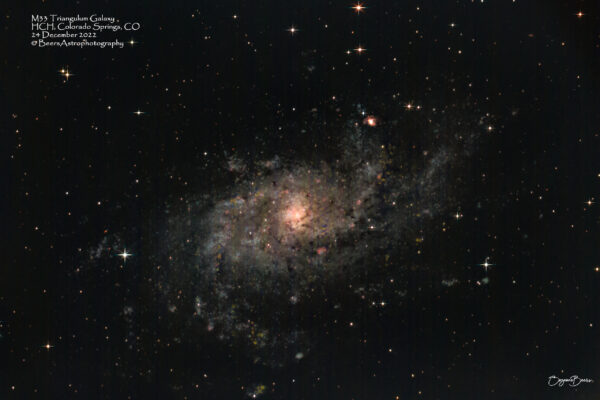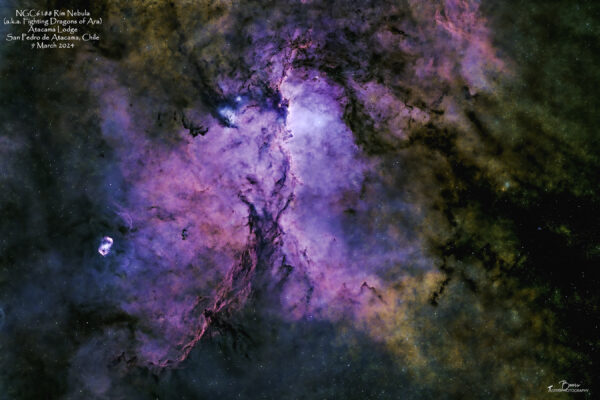Deep Sky Objects
Deep Sky Objects
A deep-sky object (DSO) is any astronomical object that is not an individual star or Solar System object (such as Sun, Moon, planet, comet, etc.). DSOs are celestial objects that exist outside of our solar system and are often faint and diffuse, requiring a telescope to see. They can appear as little more than a faint smudge of light to the eye, even with a large telescope. However, they can make for spectacular photographs.
This section of my website contains the gallery pages (images, target fun facts, capture notes, equipment listing, and capture and processing notes) arranged by the three main DSO classes: galaxies, nebulae, and star clusters.
At some point you will be able to (as soon as I figure out how to code it) access the class galleries from this DSO “home” page. For now, please use the drop down portfolio/gallery pull down menu and select the DSO class gallery by hovering over its title.

Galaxies
A galaxy is a system of millions or billions of stars, together with gas and dust, held together by gravitational attraction.
Nebulae
A nebula is a cloud of gas and dust in outer space, visible in the night sky either as an indistinct bright patch or as a dark silhouette against other luminous matter.
Star Clusters
A star cluster is a group of stars held together by gravity and sharing a common origin. The stars in a cluster are usually similar in age, type, and chemical composition, and are located in the same area of the sky. They can be loosely or tightly associated, and their density distribution can be spherical or more complex.


